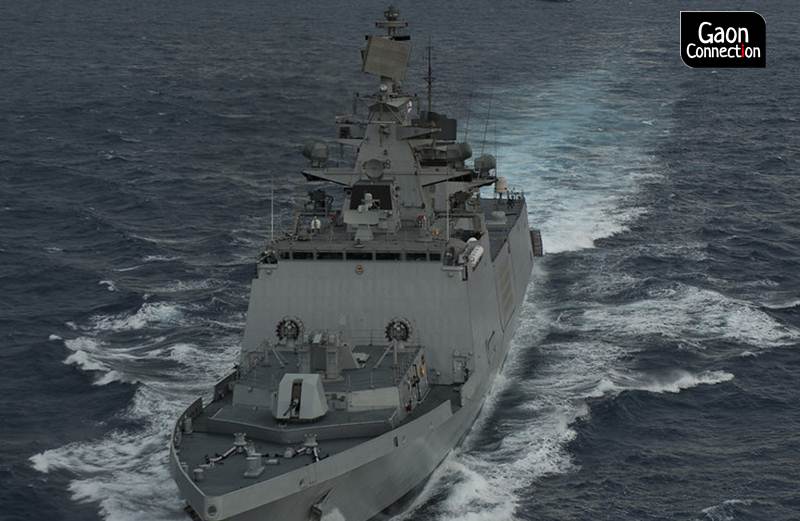Yesterday, on June 16, the Cabinet Committee on Economic Affairs led by Prime Minister Narendra Modi approved the ‘Deep Ocean Mission’ at a cost of Rs 40.77 billion. The mission will be led by the Ministry of Earth Sciences and is expected to witness the country joining a select group of powerful countries that have researched in the field of deep sea exploration.
So far, only Russia, Germany, France, Japan, China and the United States have achieved the feat of launching such a probe into the mysteries of the deep sea.
The mission is planned to be completed in five years and will be carried out in a phased manner. It will help study climate change and tap vast marine resources.
Also Read: Union Budget 2021: Rs 4,000 crore for Deep Sea Mission; a multipurpose seaweed park in Tamil Nadu
The estimated cost for the first phase for the three years (2021-2024) would be Rs 2,823.4 crore (Rs 28.23 billion). “Deep Ocean Mission with be a mission mode project to support the Blue Economy Initiatives of the Government of India,” the Press Information Bureau stated.
The term ‘Blue Economy’ refers to the sustainable use of ocean resources for economic growth, improved livelihoods, accompanied by research on ocean ecosystems.
How will the Deep Ocean Mission unfold?
Initially, the ‘Deep Ocean Mission’ will involve development of technologies for deep sea mining and a submersible equipment with capacity for operators.
The Cabinet approved launch of Deep Ocean Mission, an ambitious mission to explore deep oceans for resources & to map Ocean biodiversity with a budget of Rs 4077 crores.
— Madhavan Rajeevan (@rajeevan61) June 17, 2021
DOM will boost the Blue Economy initiatives of GOI.@PMOIndia @nsitharaman @drharshvardhan @moesgoi pic.twitter.com/scIE8tW31c
“A manned submersible will be developed to carry three people to a depth of 6000 metres in the ocean with a suite of scientific sensors and tools. Only a very few countries have acquired this capability,” the press statement informed.
Explained: Novavax — how is India expected to benefit from this new COVID vaccine?
Also, it informed that a futuristic ‘Integrated Mining System’ will be developed for mining polymetallic nodules from a depth of six kilometers in the central Indian Ocean region.
Polymetallic nodules are small pebble-sized deposits of economically valuable metals such as copper, cobalt, nickel and manganese and are viewed as potential resources to compensate for the depleting minerals on land.
“The exploration studies of minerals will pave the way for commercial exploitation in the near future, as and when commercial exploitation code is evolved by the International Seabed Authority, an United Nations organisation,” the statement said.
One of the salient features of the Deep Ocean Mission is the development of services on the lines of India Meteorological Department (IMD) which will focus on ocean climate change and its effects on India.
Scope for research in Deep Ocean Mission
The mission also envisages development of technological innovations for exploring and conserving deep-sea biodiversity.
“Bio-prospecting of deep sea flora and fauna including microbes and studies on sustainable utilization of deep sea bio-resources will be the main focus. This component will support the Blue Economy priority area of Marine Fisheries and allied services,” the government’s statement informed.
The mission also involves the derivation of thermal energy from the ocean that would be further utilised in desalinating the ocean water and production of freshwater.
What is the mission’s blueprint for its technological requirements?
Due to the strategic significance of the technologies employed in deep sea exploration, no country that has such capabilities usually offers it to the other countries like India who wish to take up such projects.
“The technologies required for deep sea mining have strategic implications and are not commercially available. Hence, attempts will be made to indigenise technologies by collaborating with leading institutes and private industries,” the statement noted.
Explained: What is the third wave of COVID19? Will it hit India? Are kids at greater risk?
A research vessel for deep ocean exploration would be built in an Indian shipyard which would create employment opportunities, it added.



















